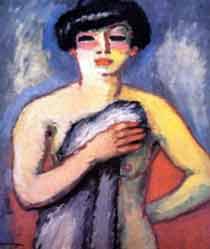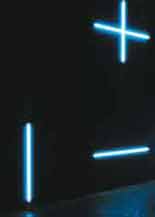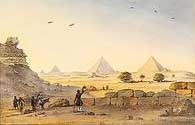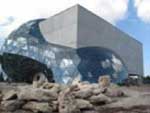Musée d’Art Moderne de la Ville de Paris,
25 March – 17 July 2011
The Musée d’Art Moderne is offering a fresh appreciation of Kees Van Dongen (1877–1968), the dazzling, disconcerting painter who made his reputation in Paris in the 1920s. The exhibition includes and adds to « All eyes on Kees Van Dongen », shown at the Boijmans Van Beuningen Museum in Rotterdam (18 September 2010 – 23 January 2011).
This exhibition centres on the success that came with his Paris period. The exhibition comprises some 90 paintings and drawings, together with ceramics, dating from 1895 to the early 1930s.
The exhibition title suggests not so much a succession of periods as an overlay of artistic poses: the Dutch rebel mixing in anarchist circles around 1895 and ever ready to caricature and denounce; and the avant-garde artist playing a very personal role in the Fauvist movement and a decisive one in its dissemination abroad, in Holland, Germany and Russia. The « urbane » Fauve Kees Van Dongen focused on the female body, and in particular on the face made-up to the point of deformation under the electric lighting he borrowed from Degas and Toulouse-Lautrec and which became, in a way, his trademark.
Colour made Van Dongen the guiding spirit of Fauvism, the colour he revivified with his trips to Morocco, Spain and Egypt and his reinvention of the Orient in the early 1910s. Yet Paris remained his dominant subject: the Montmartre of the early 20th century, where he would meet Picasso and Derain and which would charm him with its working-class vitality and vie de bohème; Montparnasse before and after the First World War, where he was one of the main driving forces with his depictions of a new, more eroticised woman; and then the Paris of the Roaring Twenties – the « cocktail period », he called it – when he would devote himself exclusively to the new elite, to now forgotten literary men and women and stars of stage and screen, anticipating by forty years the world of Andy Warhol’s « beautiful people ». The poses are wildly overdone, with melodramatic costumes and props laying bare all the artificiality of models who existed solely in terms of the roles they played.
Musée d’Art Moderne de la Ville de Paris, 11 Avenue du Président Wilson, 75016 Paris
(open Tuesday-Sunday, 10 am – 6 pm).
More informations: www.mam.paris.fr









